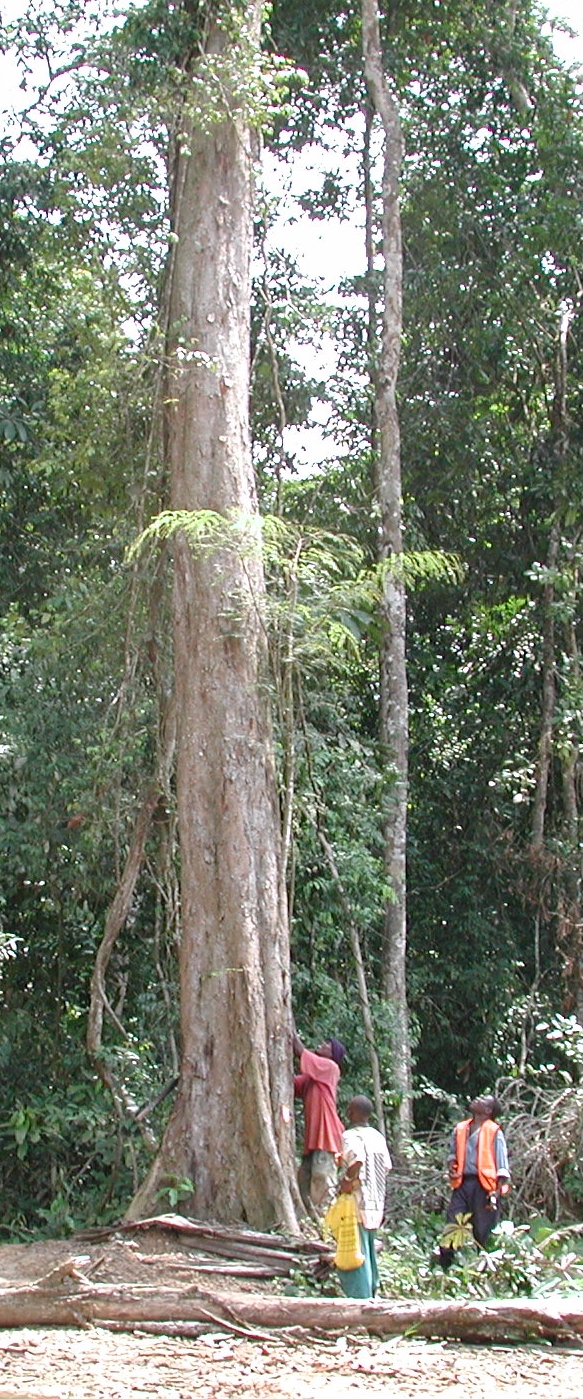Which one is the species that springs to mind when you think about the most awesome discoveries in recent times?
In an age where we more than ever need to appreciate and preserve the magnificent biodiversity inhabiting the Earth, we decided to go for a lighter and fun take on the work of taxonomists that often goes unnoticed by the public.
From the ocean depths surrounding Indonesia to the foliage of the native forests of Príncipe Island and into the soils of Borneo, we started with 16 species described as new to science in journals published by Pensoft over the years.
Out of these most amazing creatures, over the past several weeks we sought to find who’s got the greatest fandom by holding a poll on Twitter (you can follow it further down here or via #NewSpeciesShowdown).
Grand Finale – here comes the champion!

The two competitors come from two kingdoms, two opposite sides of the globe, and the “pages” of two journals, namely PhytoKeys and Evolutionary Systematics.
While we need to admit that we ourselves expected to crown an animal as the crowd-favourite, we take the opportunity to congratulate the botanists amongst our fans for the well-deserved win of Nepenthes pudica (see the species description)!
Find more about the curious one-of-a-kind pitcher plant in this blog post, where we announced its discovery following the new species description in PhytoKeys in June 2022:
Back then, N. pudica gave a good sign about its worldwide web appeal, when it broke the all-time record for online popularity in a competition with all plant species described in PhytoKeys over the journal’s 22-year history of taxonomic papers comrpising over 200 issues.
What’s perhaps even more curious, is that there is only one species EVER described in a Pensoft-published journal that has so far triggered more tweets than the pitcher plant, and that species is the animal that has ended up in second place in the New Species Showdown: a tiny amphibian living in Peru, commonly known as the the Amazon Tapir Frog (Synapturanus danta). Which brings us once again to the influence of botanists in taxonomic research.
Read more about its discovery in the blog post from February 2022:
Another thing that struck us during the tournament was that there was only one species described in our flagship journal in systematic journal ZooKeys: the supergiant isopod Bathynomus raksasa, that managed to fight its way to the semi-finals, where it lost against S. danta.
This makes us especially proud with our diverse and competitive journal portfolio full of titles dedicated to biodiversity and taxonomic research!
The rules
Twice a week, @Pensoft would announce a match between two competing species on Twitter using the hashtag #NewSpeciesShowdown, where everyone could vote in the poll for their favourie.
Disclaimer
This competition is for entertainment purposes only. As it was tremendously tough to narrow the list down to only sixteen species, we admit that we left out a lot of spectacular creatures.
To ensure fairness and transparency, we made the selection based on the yearly Altmetric data, which covers articles in our journals published from 2010 onwards and ranks the publications according to their online mentions from across the Web, including news media, blogs and social networks.
We did our best to diversify the list as much as possible in terms of taxonomic groups. However, due to the visual-centric nature of social media, we gave preference to immediately attractive species.
All battles:
(in chronological order)
Round 1
Round 2 – Quarter-finals
In the meantime, read the full description of the species, published in our PhytoKeys in June.
Round 3 – Semi-finals
The charming anuran was described in February 2022 in Evolutionary Systematics, a journal dedicated to whole-organism biology that we publish on behalf of the Leibniz Institute for the Analysis of Biodiversity Change (LIB).
The record-breaking plant was described in June 2022 in PhytoKeys: a journal launched by Pensoft in 2010 with the mission to introduce fast, linked and open publishing to plant taxonomy.
THE FINAL
But why did we hold the tournament right now?
If you have gone to the Pensoft website at any point in 2022, visited our booth at a conference, or received a newsletter from any of our journals, by this time, you must be well aware that in 2022 – more precisely, on 25 December – we turned 30. And we weren’t afraid to show it!

Left: Maria Kolesnikova at the annual Biodiversity Information Standards (TDWG 2022) conference, hosted by Pensoft in Sofia, Bulgaria. Right: Iva Boyadzhieva at the XXVI International Congress of Entomology (ICE 2022) in Helsinki, Finland.
Indeed, 30 is not that big of a number, as many of us adult humans can confirm. Yet, we take pride in reminiscing about what we’ve done over the last three decades.
The truth is, 30 years ago, we wouldn’t have been able to picture this day, let alone think that we’d be sharing it with all of you: our journal readers, authors, editors and reviewers, collaborators in innovation, project partners, and advisors.
Long story short, we wanted to do something special and fun to wrap up our anniversary year. While we have been active in various areas, including development of publishing technology concerning open and FAIR access and linkage for research outcomes and underlying data; and multiple EU-supported scientific projects, we have always been associated with our biodiversity journal portfolio.




























